FileBombyx mori Cocon 02.jpg Wikimedia Commons
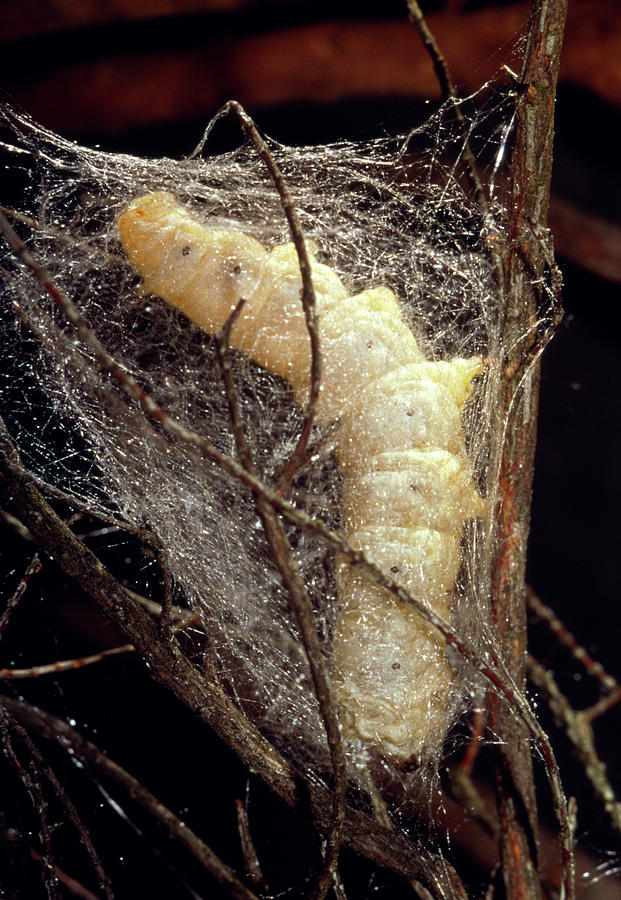
Silkworm (bombyx Mori) Spinning A Silk Cocoon Photograph by Pascal
Bombyx mori cocoon is a natural polymer composite shell made of a single continuous silk strand with a length in the range of 1000-1500 m and conglutinated by sericin. Each fibre is composed of two fibroins coated by a layer of sericin. The cocoon has a three-dimensional (3-D) nonwoven structure with multiple layers.

Bombyx mori. Silkworm. Cocoon Develpment of Bombyx mori (Silkworm
Silkworms are the larvae from silk moths (Bombyx mori). They produce silk fibers—water-insoluble filament from glands—to create cocoons; humans simply unravel the cocoons back into strings. Domesticated silkworms tolerate human handling and massive crowding and are totally dependent on humans for survival.

Silkworm (bombyx Mori) Cocoon Photograph by Pascal Goetgheluck/science
We offer affordable, modern & contemporary home furniture for all tastes & lifestyles. Buy Online TV stands, Coffee Tables, Dining Table Sets, Beds, Free UK delivery!
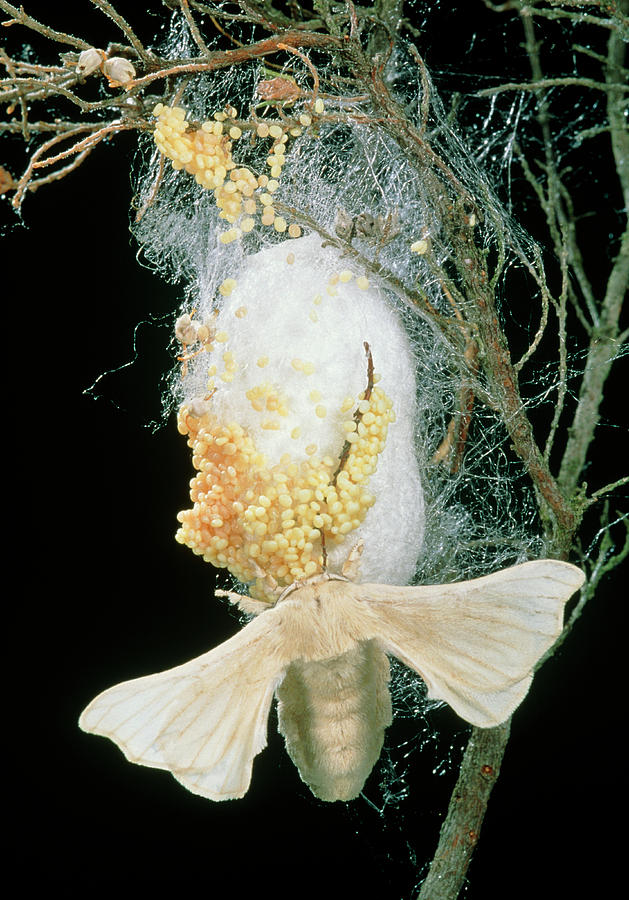
Silk Moth (bombyx Mori) Laying Eggs On A Cocoon Photograph by Pascal
The wild cocoon is suggested to provide protection for the pupae against the environment, parasitism and predators, while Bombyx mori cocoon is a human cultivated species providing silk fibres for textile industries for more than 4000 years. The cocoon is made of silk fibres consisting of two fibroin brins and conglutinated by sericin binder.

Silkworm moth (Bombyx mori) cocoons for production of silk thread, in
Bombyx mori cocoon has a multi-layer structure that provides optimal protection for silkworm pupa. Research on the mechanical properties of the multi-layer structure revealed structure-property relationships of the cocoon. Here, we investigated the protein components of the B. mori cocoon in terms of its multi-layer structure. Liquid chromatography-tandem mass spectrometry identified 286.

40 silk cocoons Bombyx mori approximately 1 ounce also Etsy
silk silkworm moth, ( Bombyx mori ), lepidopteran whose caterpillar has been used in silk production ( sericulture) for thousands of years. Although native to China, the silkworm has been introduced throughout the world and has undergone complete domestication, with the species no longer being found in the wild. silkworm moth

一休み A silkworm moth (Bombyx mori) resting on its cocoon. Dệt
Habitat Although B. mori is native to China, it does not live in the wild any longer because of sericulture (Encarta 1998). Terrestrial Biomes forest Physical Description The larvae of B. mori are caterpillars that are about 4 cm long, including their horned tail. They are buff-colored with brown thoracic markings.
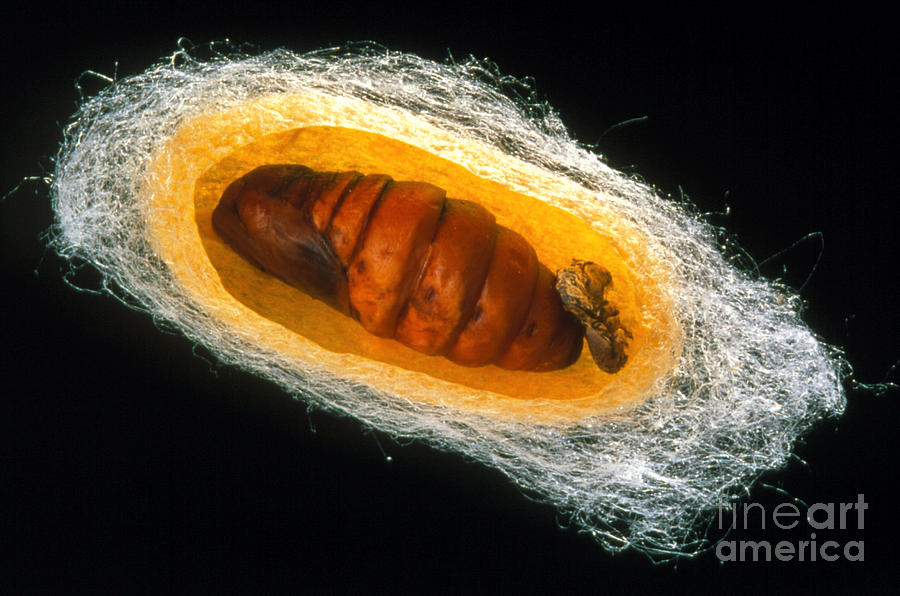
Opened Silkworm (bombyx Mori) Cocoon Showing Pupa Photograph by Pascal
The domestic silk moth ( Bombyx mori) is an insect from the moth family Bombycidae. It is the closest relative of Bombyx mandarina, the wild silk moth. The silkworm is the larva (or caterpillar) of a silk moth. The silkworm is of particular economic value, being a primary producer of silk.

Bombyx mori. Silkworm. Cocoon Develpment of Bombyx mori (Silkworm
The domestic silkworm (Bombyx mori) is an economically important insect. Compared with its wild relatives, long-term artificial breeding and selection have resulted in a high cocoon yield of.
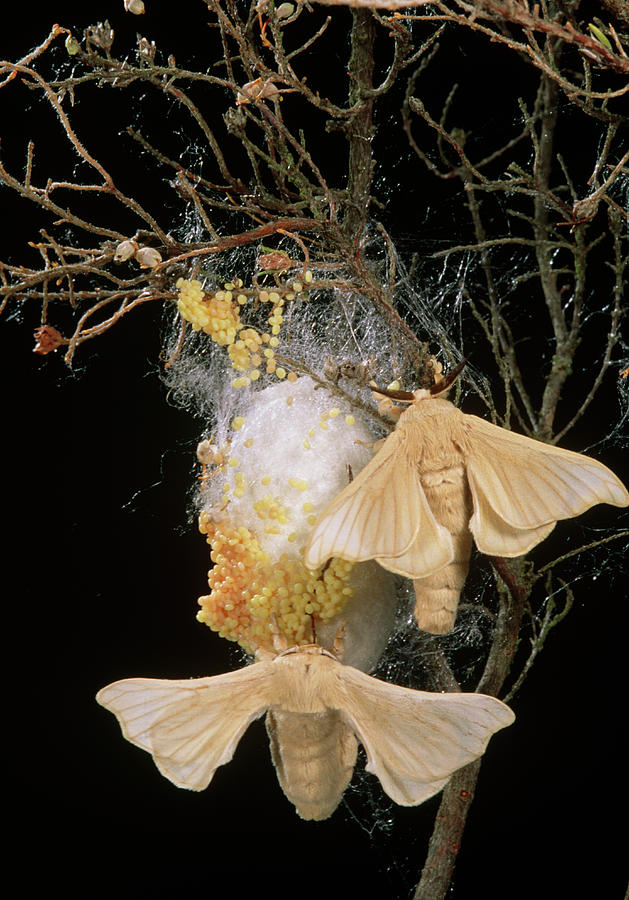
Silk Moths (bombyx Mori) Laying Eggs On A Cocoon Photograph by Pascal
While the commercial silkworm Bombyx mori has been cultivated by man for about five thousand years, a wide range of wild silkworms have evolved independently over the world over hundreds of thousands of years, and each has a slightly different combination of morphology and properties that have adapted to cope with diverse local environments.
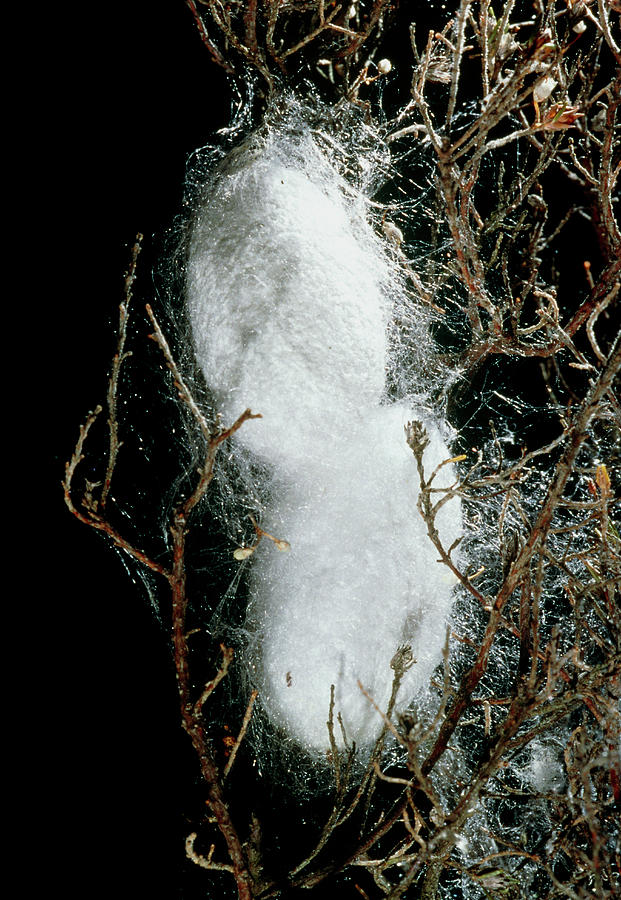
Silkworm (bombyx Mori) Cocoons Photograph by Pascal Goetgheluck/science
The rearing of silkworm Bombyx mori L. (Lepidoptera: Bombycidae) for the production of silk has been an age long practice. Sericulture has two components which are cultivation and management of mulberry plants (Morus alba) for the production of healthy leaf for feeding of the insect; and the rearing of silkworm larvae to produce cocoon from which silk is obtained (Bharath et al. 2017; Bharath.
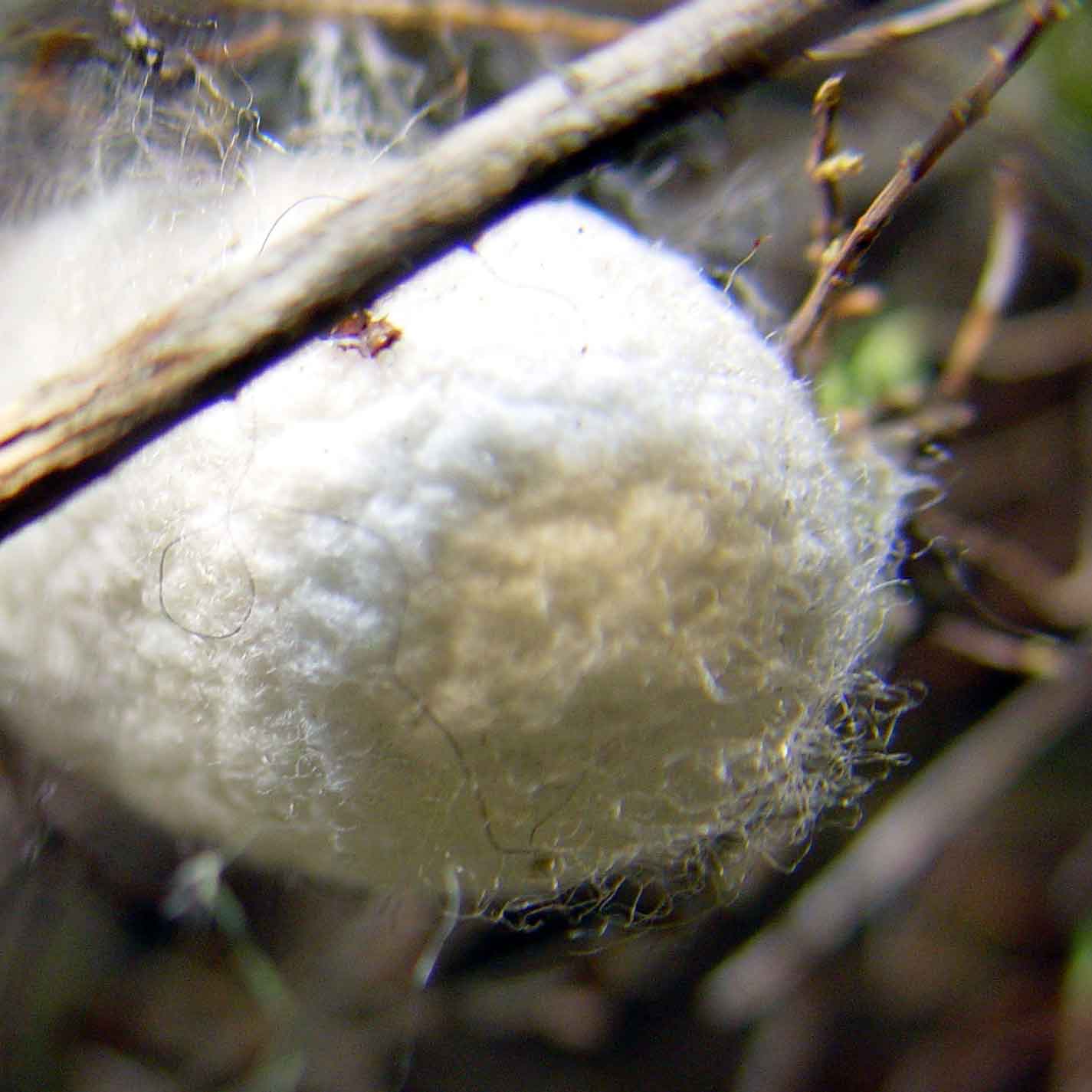
FileBombyx mori Cocon 02.jpg Wikimedia Commons
Silk cocoon, naturally produced by silkworms scientifically named Bombyx mori L. (Lepidoptera, Bombycidae), is one of the well-known medicinal agents with several therapeutic activities.

CHINESE SILKMOTH larva Bombyx mori spinning cocoon Also known as a
A normal silkworm cocoon (NSC) with a unique nonwoven structure is usually spun by a single silkworm larva. Notably, there is a special Bombyx mori genetic resource that many (three or more) mature larvae tend to collectively spin into one cocoon, which was named "multi-silkworm cocoon" ("MSC"). However, the MSCs display loose structure and poor mechanical properties which limits their.

BOMBYXMORISILKMOTH Naked Scientists
The methanolic extract of Bombyx mori cocoons identified eight non-protein compounds, five of which belong to hydrocarbon derivatives or heterocyclic compounds and have antimicrobial activity [1]. If the host plant of silkworm is not mulberry, it will inevitably affect the chemical composition of the cocoon.

Bombyx Mori Cocoon High Resolution Stock Photography and Images Alamy
Bombyx mori cocoon is a natural composite made of silk fibre with a distinctive multi-layer structure that provides mechanical protection for its biological functions. Here we investigate the.

Bombyx mori. Silkworm. Cocoon Develpment of Bombyx mori (Silkworm
The neighbourhood is your oyster. Explore local restaurants and order now. Savour the flavours of Bonbons, brought to you by Deliveroo.